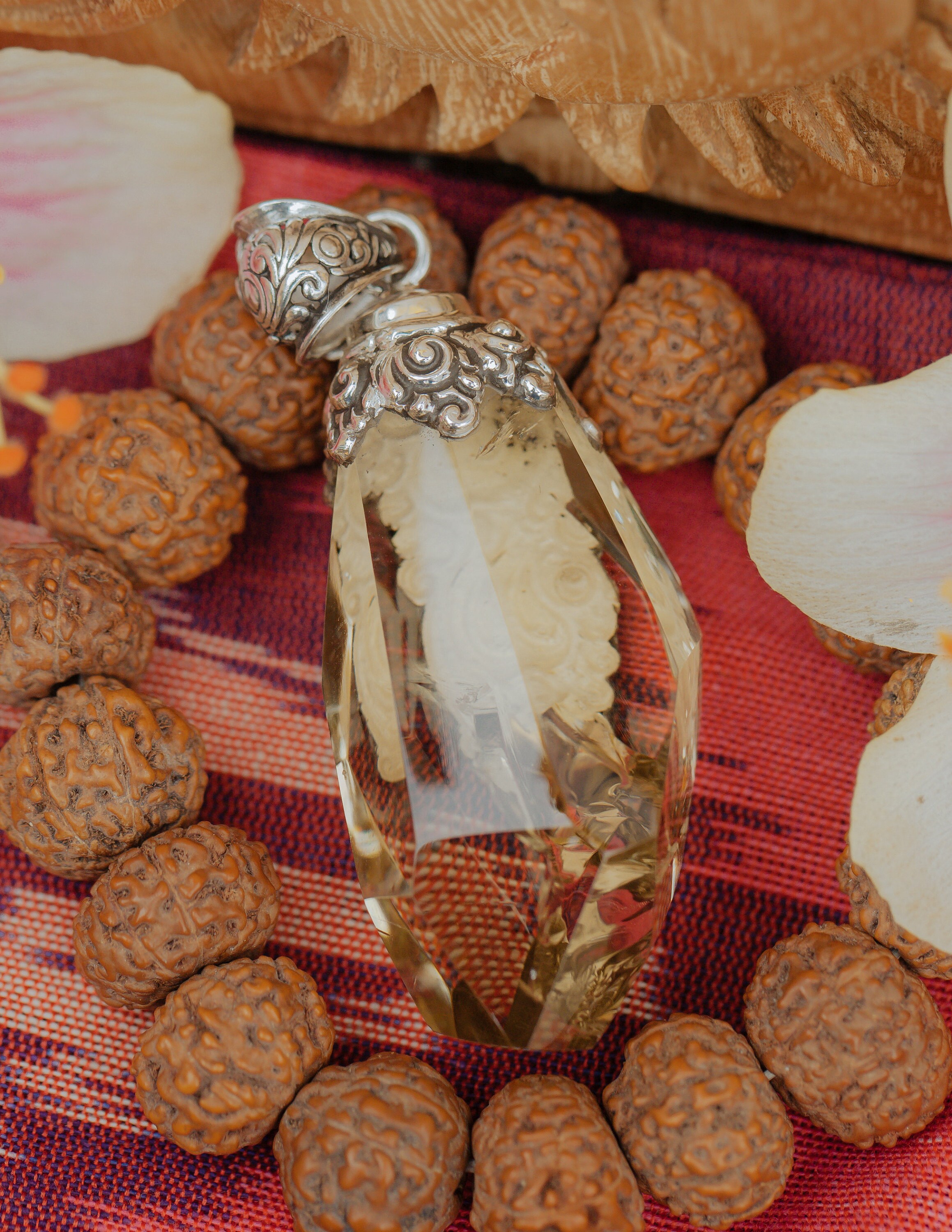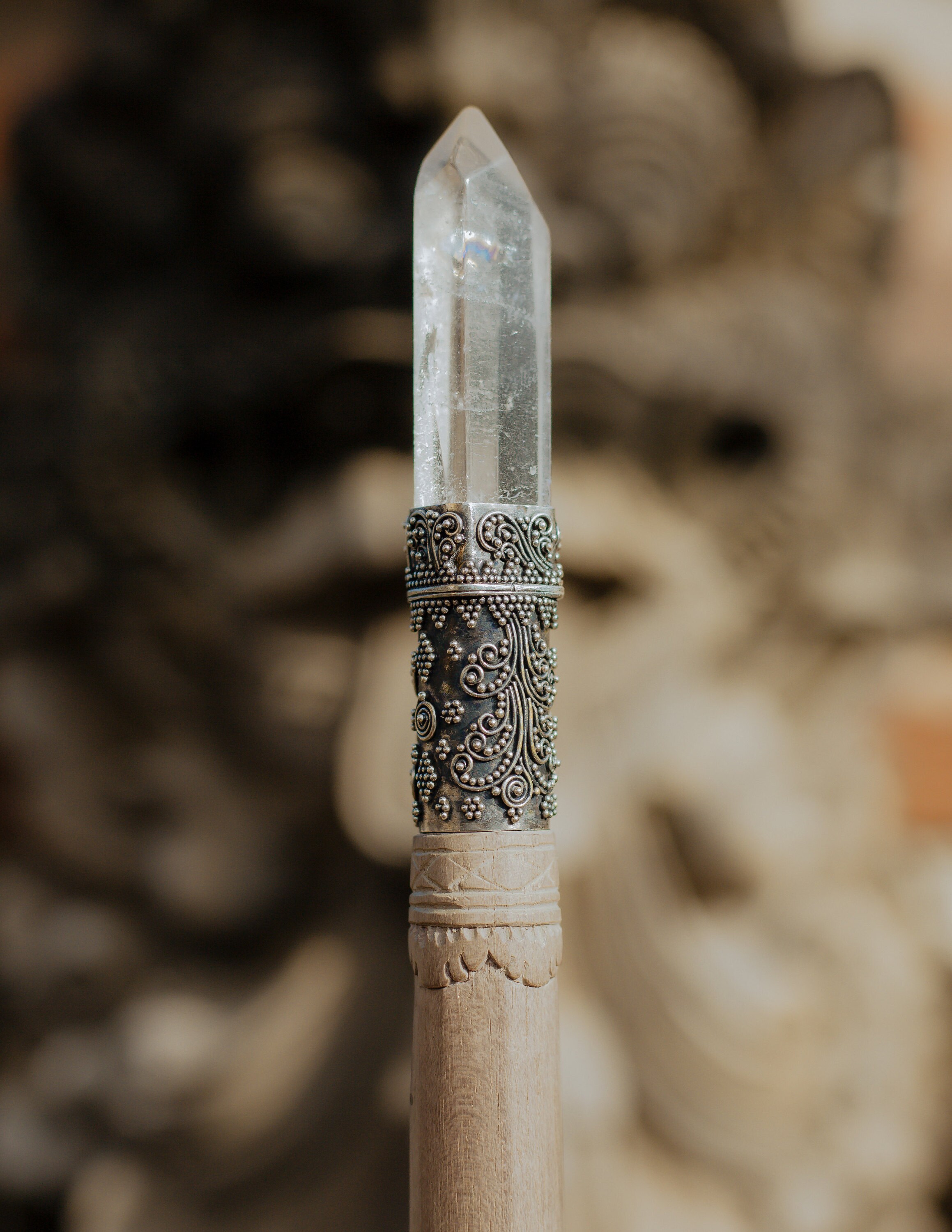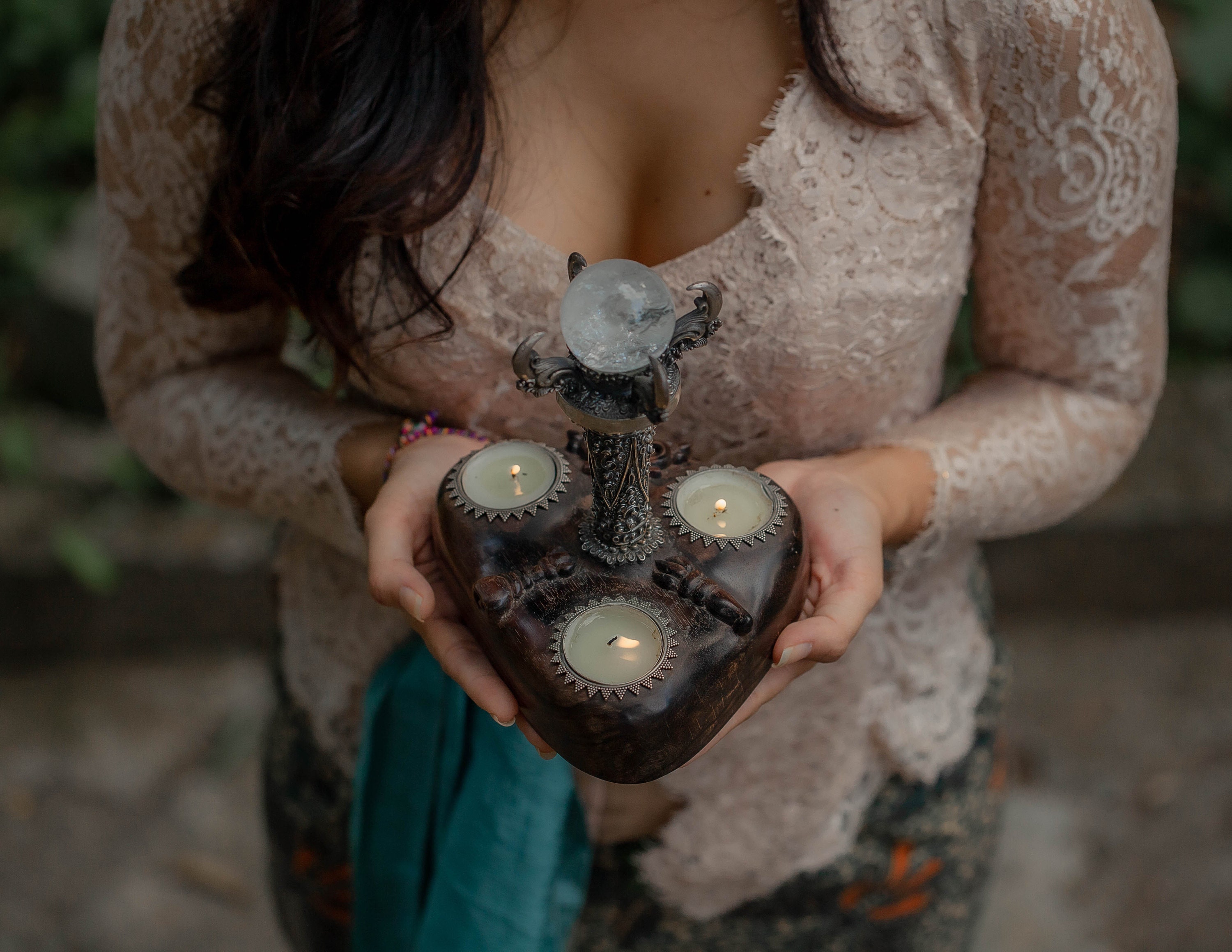Knowledge and information are intangible, yet they always find ways to be preserved and transmitted. Sometimes through books and writings, sometimes through symbols and artifacts. But what if some carriers of information have existed long before the first civilizations?
In 2016, scientists managed to store 360 terabytes of data on a quartz disk, discovering that it could preserve this information for over 13 billion years. This technology is still in its infancy, but the idea behind it is not new. Gemstones – natural crystalline structures – are capable of recording environmental changes, magnetic fields, heat, and vibrations. We already recognize traces of past catastrophes, temperature shifts, and pressure changes in these stones. But what if they contain even more?

A Record Left by the Ancients?
The Egyptians adorned sacred artifacts with lapis lazuli, believing it carried divine wisdom. Mayan priests used obsidian mirrors to “see through time.” In Tibet, it was believed that crystals preserved the experiences of their owners and passed them on to the next generations.
Today, gemstones are used not only in jewelry but also in powerful ceremonial objects like staffs, ritual tools, kuripe, and tepi. Perhaps they hold more than just decorative value.
Science has yet to confirm these ancient beliefs, but if early civilizations truly used gemstones as knowledge repositories, we simply do not yet know how to decipher them.

We Look, but Do Not See
Modern spectroscopic methods allow us to study the internal structure of gemstones, detecting energy shifts and molecular changes. However, we still do not understand what kind of data might be encoded within their atomic lattice. It is entirely possible that these crystals already contain records of the past—we just don’t yet know how to interpret them.
But what if the answer is much simpler?

The Key Might Be Closer Than We Think
We are accustomed to searching for complex technologies, mathematical algorithms, and scientific theories. But if ancient civilizations truly encoded knowledge within crystals, perhaps the key to unlocking it is not in laboratories, but within ourselves.
In our creations—be it kuripe, tepi, or handcrafted jewelry—gemstones are not merely decorative elements; they are part of a larger history. Perhaps they already contain knowledge that we are only beginning to comprehend.
Maybe all it takes is to hold a gemstone, focus, listen to the sensations, and allow the mind to access the information it holds.

Meditation, intuitive perception, energy work—these practices, which we were once taught to ignore, might turn out to be the very tools scientists are searching for.
And what if your gemstone already holds the answers, but they can only be heard once you tune into the right frequency?

